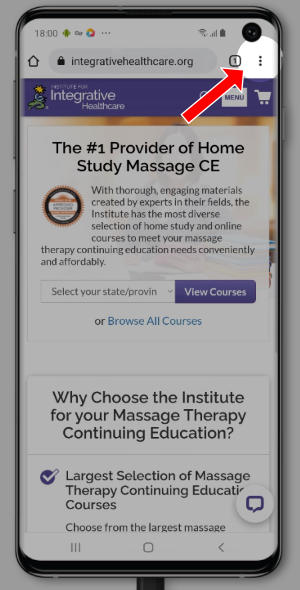During the second week of February, we typically turn our focus toward the fourth chakra, the heart. Snuggled tightly inside the chest cavity, the heart is a wondrous organ, responsible for pumping blood through our vessels and for experiencing feelings of compassion and love. Provide your clients with extra care by supporting this organ critical to our well-being.
The physical and emotional connections found within the fourth chakra are apparent to those tuned into their body. Feelings of despair or anger can coincide with chest pain, while stretching and relaxing chest muscles is often accompanied by positive emotions such as peace and freedom. According to Traditional Chinese Medical Theory, emotional distress patterns commonly evolve into heart meridian (channel) stagnation. In alternate terms, stress and anxiety can manifest as a blood flow disorder. Therefore, ensuring smooth and uninterrupted circulation serves two purposes:
- Support cardiovascular health
- Assist emotional well-being
Bodyworkers may even detect inhibition in the heart chakra through simple observation techniques. Clients experiencing chest restriction physically protect the area by concaving the chest, protruding the shoulders forward and rounding the upper back. A consequence of these protective measures is congestion in the heart chakra, compounded by strained musculature of the upper back and shoulders. As a massage therapist, it is important to recognize and attend to this restriction with anterior and posterior upper torso work.
Maximize the role you play in your clients’ heart health by emphasizing the importance of unimpeded circulation. Below are five significant ways you can contribute to a healthy fourth chakra – either with bodywork or through the power of suggestion:
- Suggest a natural supplement to reduce blood coagulation. Breaking down plasma fibrinogen in the blood reduces coagulation within blood vessels. Scientific research demonstrates that Nattokinase, an enzyme extracted and purified from natto (a popular, Japanese, fermented soybean food), effectively breaks down plasma fibrinogen, preventing hardening of the arteries. (1)
*Editor’s note: It is important for all therapists to solely operate within their scope of practice. Additionally, anyone adding a supplement to their regimen must check with their physician first. Nattokinase in particular is contraindicated with some health conditions and interacts with some medicines.
- Discuss the importance of eliminating artery-clogging fats from one’s diet. Trans-fats are the most implicated factors in sluggish circulation. Thanks to new regulations by the Food and Drug Administration, manufacturers are required to list any trans-fats on food labels as of January 1, 2006. The American Heart Association urges consumers to read food nutrition labels to reduce their intake of trans-fats, saturated fats and cholesterol. (2)
- Perform massage to increase circulation. Most therapists are familiar with massage’s benefits, and are not surprised to learn massage positively effects circulation and in turn, relaxation. A 2002 study investigating the effect of myofascial trigger-point massage therapy on cardiac health concluded that it caused a significant decrease in heart rate and blood pressure while improving muscle tension and emotional state. (3)
- Review the cardiovascular health benefits of a regular exercise program. Numerous studies and reports concur that more active or fit individuals develop less coronary heart disease than their sedentary counterparts. Exercise improves the ability to handle stress by increasing blood flow to the heart muscle and strengthening it, while also maintaining blood vessel elasticity.
- Encourage positive thinking and laughter. Enhanced cardiovascular health has been documented by researchers studying people with an optimistic outlook on life. Participants with the highest levels of optimism had dramatically reduced risks of coronary heart disease. (4) Additionally, researchers at the University of Maryland School of Medicine found that laughter, along with an active sense of humor, may help protect against a heart attack. (5) All the more reason to joyfully chuckle.
When considering therapy for the fourth chakra, keep in mind the many aspects involved in heart health. The phenomenon of blood flowing easily and unobstructed through blood vessels can be encouraged in many ways; internally through ingestion and emotion, and externally via passive and active applications. The greatest outcomes of an open, disease-free, loving, heart chakra are achieved when all of the resources contributing to heart health are recruited.











